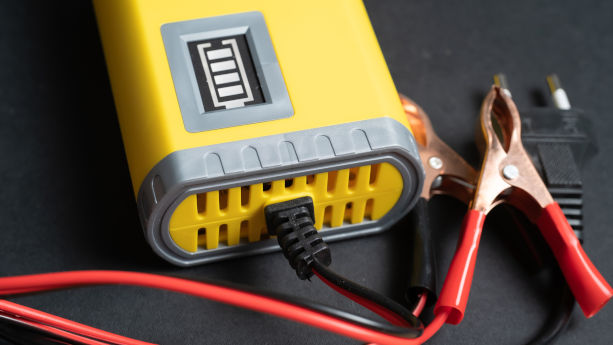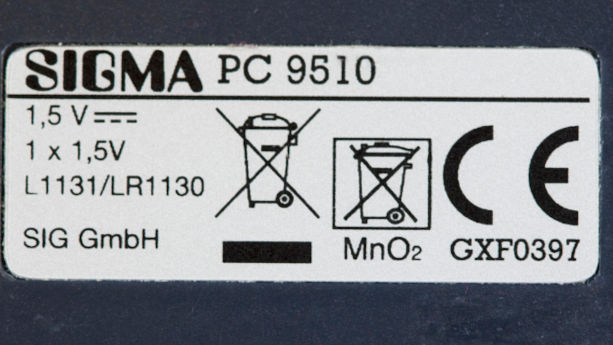Various types of labelling requirements apply to essentially all products manufactured or imported for sales in the European Union. These are normally part of regulations and directives, such as the Low Voltage Directive or General Product Safety Regulation.
EU labelling requirements cover compliance symbols, such as the CE mark and WEEE mark, traceability, and more.
Failing to correctly label the product and packaging can result in fines or a recall – which is why it’s so important to understand the requirements that cover your products.
Note that this guide doesn’t cover packaging recycling symbols, which can be found here.
Continue reading European Union Product Labelling Requirements: A Complete Guide





















